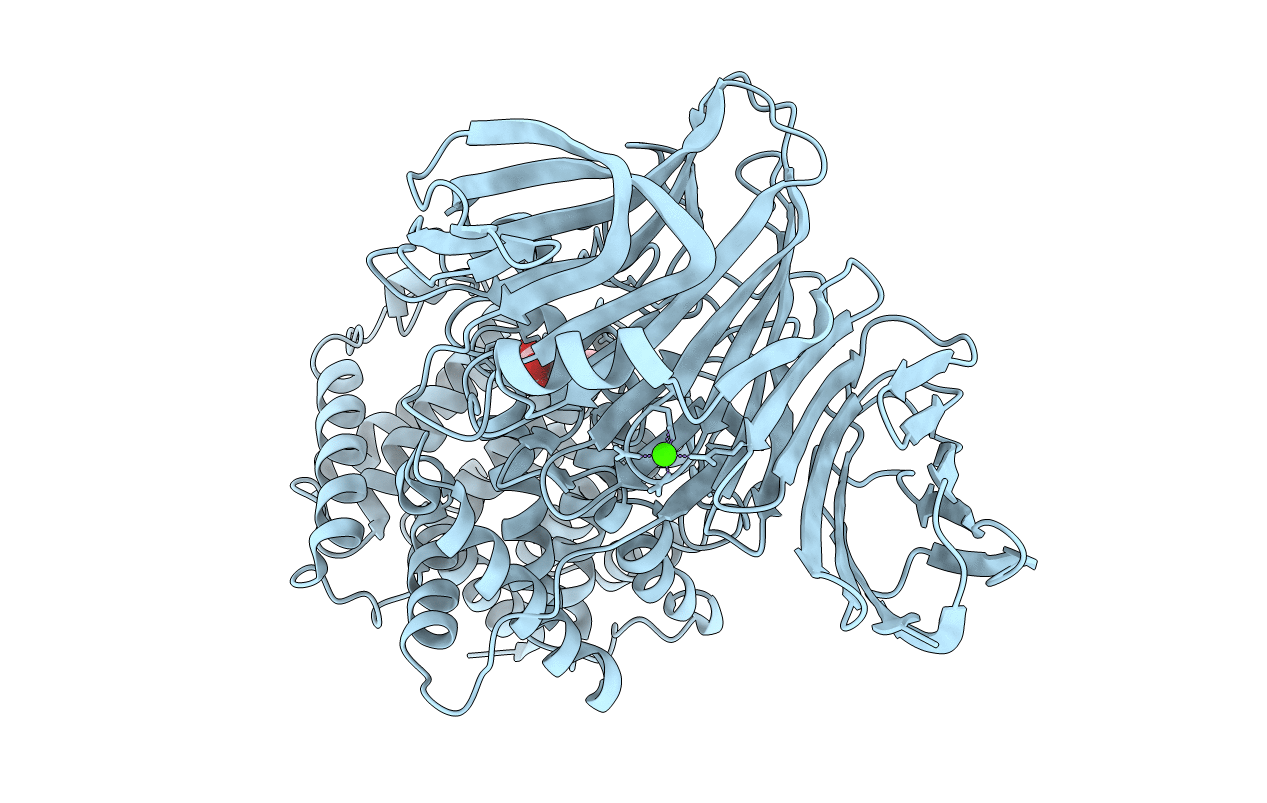
Deposition Date
2002-11-19
Release Date
2003-04-01
Last Version Date
2023-12-27
Entry Detail
PDB ID:
1J0N
Keywords:
Title:
Crystal Structure of Bacillus sp. GL1 Xanthan Lyase that Acts on Side Chains of Xanthan
Biological Source:
Source Organism:
Bacillus sp. (Taxon ID: 84635)
Host Organism:
Method Details:
Experimental Method:
Resolution:
2.40 Å
R-Value Free:
0.24
R-Value Work:
0.16
R-Value Observed:
0.16
Space Group:
P 21 21 21


